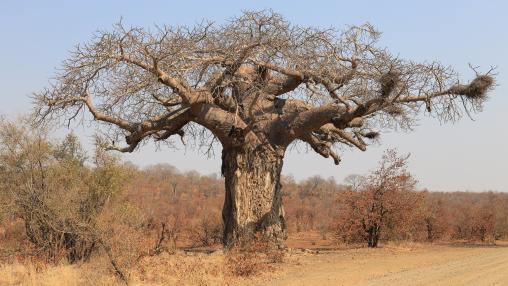
FEWS Net Releases Climate Trend Analysis for Ethiopia
The new report cites an important pattern of declining rainfall, particularly in the heavily populated areas of the Rift Valley. Extended drier weather could increase the number of Ethiopians at risk for food insecurity in the next two decades if agricultural development is not increased in other areas of the country.
Download the full report
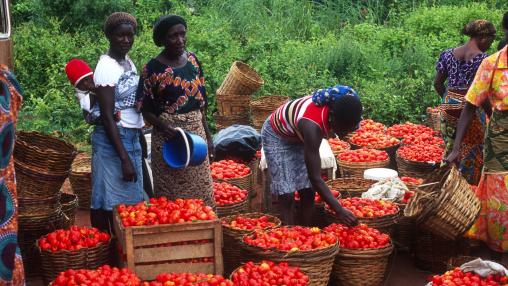
Improving Market Access Through Commodity Exchanges
For many poor rural farmers, getting their products to market is one of the most daunting obstacles they face. Markets in developing countries often have weak integration, characterized by a lack of communication and information-sharing; thus, while markets in one region may offer higher prices for a commodity, farmers in other regions have no way of learning about, and taking advantage of, these price differences.
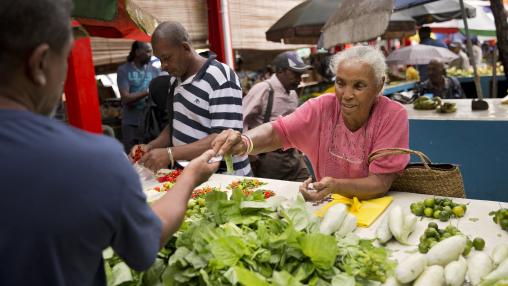
How Do Rising Food Prices Affect Men and Women Differently?
With the price of basic food items on the rise, global policymakers are again faced with the need to protect the world’s most vulnerable populations. Women and young children tend to be most negatively impacted by sharp increases in the price of food. However, while extensive research has been conducted on the causes and consequences of the 2007-08 food price crisis, little of that research has focused specifically on the impact of the crisis on women, and whether the impact differs for women compared to men.
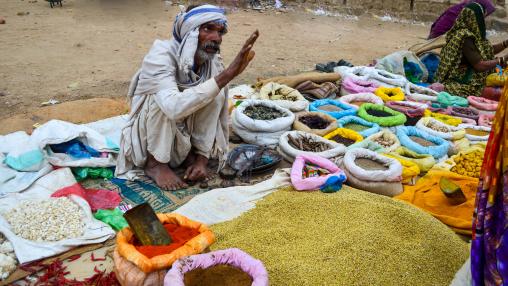
FEWS NET Releases Latest Global Price Watch
FEWS NET has released its Global Price Watch for September 2011, citing continuing high prices in Kenya, Ethiopia, and Somalia. Africa's newest nation, South Sudan, is also facing increased prices on some staple goods due to conflict and trade restrictions. Global rice prices saw a moderate upswing, due in part to Thailand's new rice price subsidy.
View the full report and the annex
Files:
full report
annex

Tracking the Horn of Africa Food Security Crisis
After two consecutive seasons of poor rainfall, the Horn of Africa is experiencing the region's worst drought in 60 years. Drought conditions have led to widespread crop failure and livestock deaths, as well as increasing food prices. Somalia now faces famine conditions in the southern part of the country.
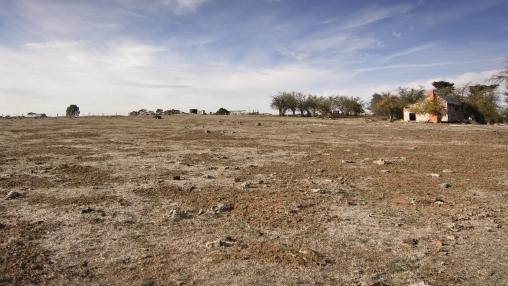
Comprehensive FAO GIEWS Resources for Horn of Africa Drought and Food Security Crisis
Keep up to date on the latest reports from FAO GIEWS on the ongoing food security crisis in the Horn of Africa. This page will be regularly updated with new information and resources released by GIEWS.
Drought-related Food Insecurity: A Focus on the Horn of Africa
(English)
Famine Thresholds Surpassed in Somalia
(English)
Latest GIEWS Country Brief for Ethiopia
(English)
Latest GIEWS Country Brief for Somalia
(English)
Image Source: World Bank
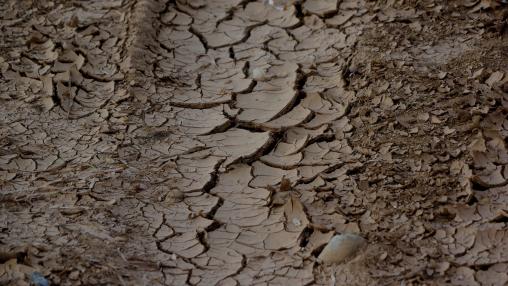
Comprehensive FEWS NET Resources for Horn of Africa Drought and Food Security Crisis
As the food security emergency in the Horn of Africa continues, FEWS NET has compiled a wide-ranging collection of information and resources related to the ongoing drought, famine declaration, and causes behind the crisis.
Overall
FEWS NET Horn of Africa crisis web-page with all links (updated regularly)
Somalia 10 Day Update of Conditions
Kenya 10 Day Update of Conditions
East Africa: Multi-Sectoral Response is Critical
Special Report on Rice Prices
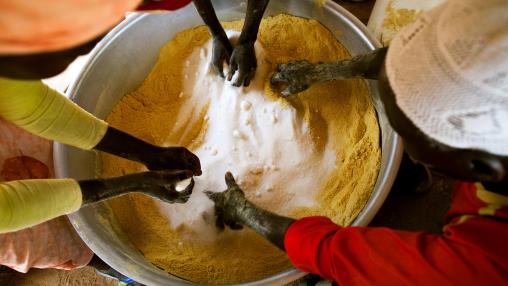
FEWS NET Releases Food Security Alert for East Africa
The Famine Early Warning Systems Network (FEWS NET) has released a food security alert for East Africa, stating that the region’s current food security crisis is likely to worsen due to below-average rainfall forecasts for March-May, 2011. Rising food prices and declining household purchasing power in areas of Somalia, Ethiopia, and Kenya have pushed levels of acute malnutrition above emergency thresholds in these regions. The worst-case scenario predicts rainfalls of less than 50 percent of average in the coming six months.
Access the full report below.
Files:
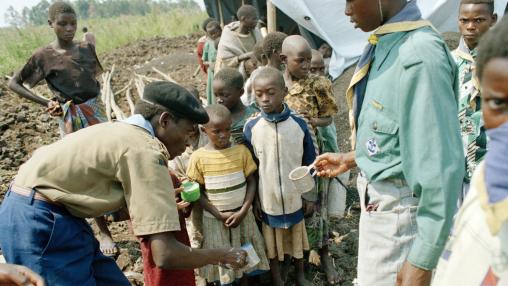
FEWS NET Releases Food Security Alert for East Africa
The Famine Early Warning Systems Network has released a food security alert for East Africa, citing ongoing drought, uncertain rainfall predictions, and increasing international food prices. Rainfall totals were less than 30 percent of average in certain regions of Ethiopia, Somalia, and Kenya from October-December 2010. This severe water shortage led to a failure of January-February harvests in the region. FEWS NET predicts that as many as five million people in the area will have difficulty meeting basic food and water requirements in the coming months.
Read the full report .